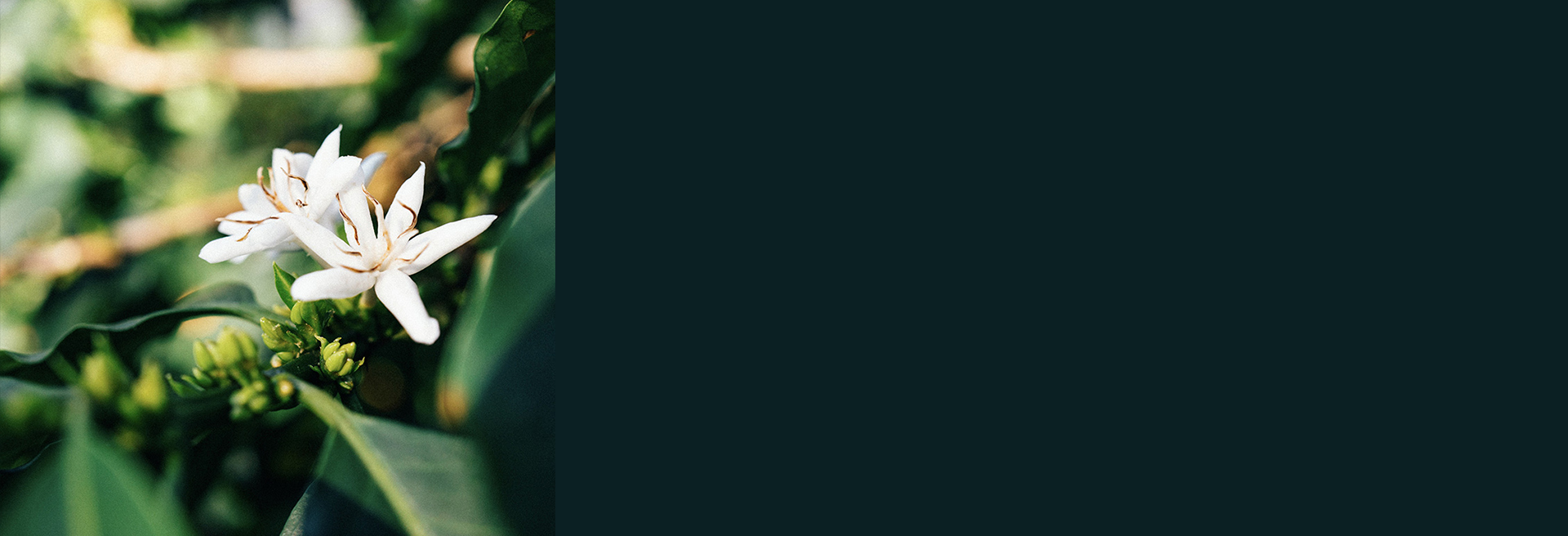Ethiopia
Haile Gebre - Ethiopia
250g
QUALITY SCORE: 88.50
Cup Notes
Jasmine / Bergamot / Lemon Custard
Suggested for espresso and filter
when we roast
We freshly roast to order all coffees on Monday, Wednesday and Friday (excluding national holidays), and ship the same day! Cut-off time is 11:59pm (UTC+1) of the day before the roast day. *We only ship whole beans*
Details
- Producer
- Haile Gebre
- Country
- Ethiopia
- Terroir
- Guji
- Altitude
- 1800-1900 mt
- Process
- Classic Washed - Raised Beds
- Arabica cultivar
- Heirlooms
- Picked in
- December 2017
- Arrived in
- September 2018
- Shipped in
- Jute + GrainPro
- Roast profile by
- Rubens Gardelli
- Roasted on
- Customised solid-drum roaster
THE STORY BEHIND
Shakisso Farm can be found in the Guji zone, the southern part of Oromia, one of Ethiopia’s largest regions. The farm was started by Haile Gebre and began producing organic coffees in 2001 and is now Organic, Rainforest Alliance and Fairtrade USA certified. Haile works closely together with medium-sized local outgrowers who are specialised in this highland forest coffee. Together with Haile, we try to upgrade the quality and quantity of Shakisso Farm – year in, year out.
Shakisso Farm his spread out over 640 hectares and has its own nursery sites to grow coffee seedlings. During harvest, we have more than 300 coffee pickers harvesting coffee. About 150 of them supply coffee individually to the wet mill. There are currently twelve permanent qualified members of staff with more than ten years practical experience in coffee production, processing, clearing and marketing. There are many gold mines in the area of Shakisso Farm, so the coffee fields are literally full of holes where people have been digging for gold. This makes walking between the coffee trees risky. As a result, the biggest challenge these days is to find employees to maintain the plantation and pick cherries.
THE VARIETY
Ethiopian Heirloom, why the generic name? It's estimated that there are somewhere in-between six and ten thousand coffee varietals in Ethiopia. And due to this colossal figure, there hasn’t been the genetic testing to allow buyers to distinguish the varietal. With the cross pollination that naturally happens in the wild, the name ‘Ethiopian Heirloom’ exists as a catch all phrase to describe this happenstance. However, that really makes Ethiopian quite a mystery – and an interesting mystery with that as each village or town could potentially have a different varietal which could carry very unique properties.
Ethiopia is the birthplace of coffee, meaning it was only naturally found here!
THE FERMENTATION PROCESS
Washed coffees focus solely on the bean. They let you taste you what’s on the inside, not the outside. Washed coffees depend almost 100% on the bean having absorbed enough natural sugars and nutrients during its growing cycle. This means the varietal, soil, weather, ripeness, fermentation, washing, and drying are absolutely key.
Washed coffees reflect both the science of growing the perfect coffee bean and the fact that farmers are an integral part of crafting the taste of a coffee bean. When looking at washed coffees, it becomes apparent that the country of origin and environmental conditions play a vital role in adding to the flavour.
During wet processing, the pulp (i.e.the exocarp and a part of the mesocarp) is removed mechanically. The remaining mesocarp, called mucilage, sticks to the parchment and is also removed before drying. During this process, the sugars present in the mucilage are removed through natural fermentation or mechanical scrubbing. Mucilage is insoluble in water and clings to parchment too strongly to be removed by simple washing. Mucilage can be removed by fermentation followed by washing or by strong friction in machines called mucilage removers. Fermentation can be done by stacking the coffee outside or placing them under water and allowing nature to take its course. After the sugars are removed, the beans then can be taken through a secondary washing to remove any additional debris, or taken immediately to the beds for drying.



